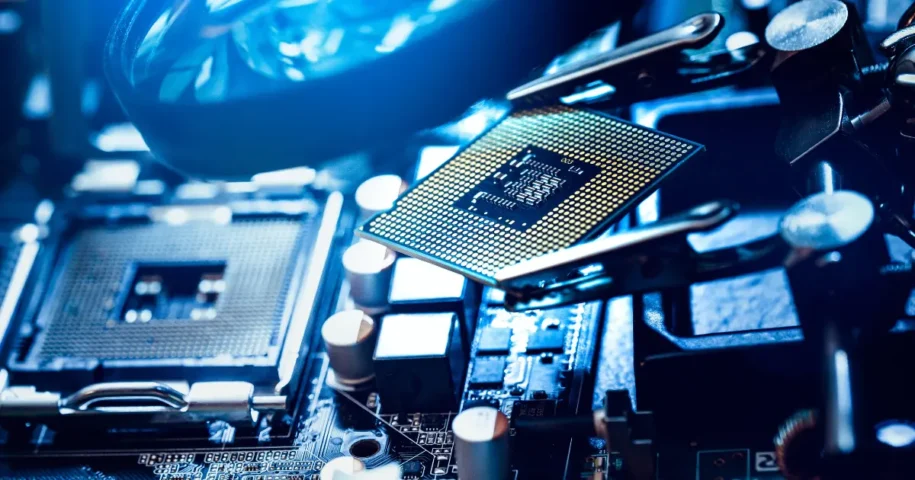2025 is shaping up to be a landmark year for the EDA landscape.
At NVIDIA GTC, aka the ‘Superbowl of AI’, Synopsys unveiled the next phase of its collaboration with NVIDIA. By leveraging cutting-edge AI and accelerated computing with the NVIDIA Grace Blackwell platform, they are focused on transforming chip design and powering the future of semiconductor innovation.
Key Innovations from the Synopsys & NVIDIA Collaboration
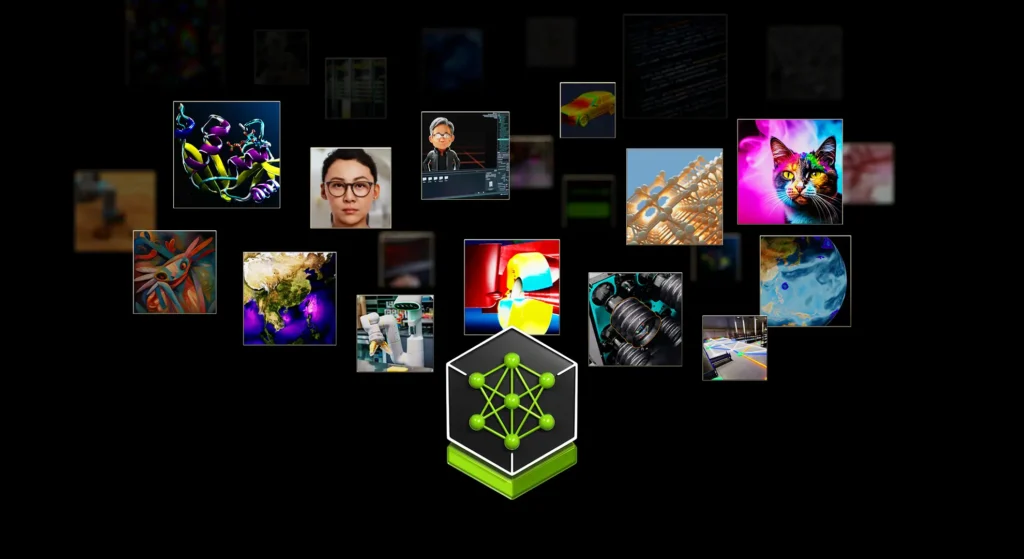
Synopsys and NVIDIA have introduced major advancements in chip design workflows with their latest partnership. These innovations promise to revolutionize performance and speed across various chip design stages:
- Circuit Simulation: Synopsys PrimeSim, powered by the NVIDIA GB200 Grace Blackwell Superchip, will accelerate circuit simulation by up to 30x
- Computational Lithography: Synopsys Proteus, leveraging the NVIDIA B200 Blackwell architecture, will accelerate computational lithography simulations by up to 20x
- AI-Powered Insights: By integrating NVIDIA NIM inference microservices, Synopsys.ai Copilot will deliver 2x faster time-to-information through generative AI
Extending EDA Optimization for Enhanced Performance
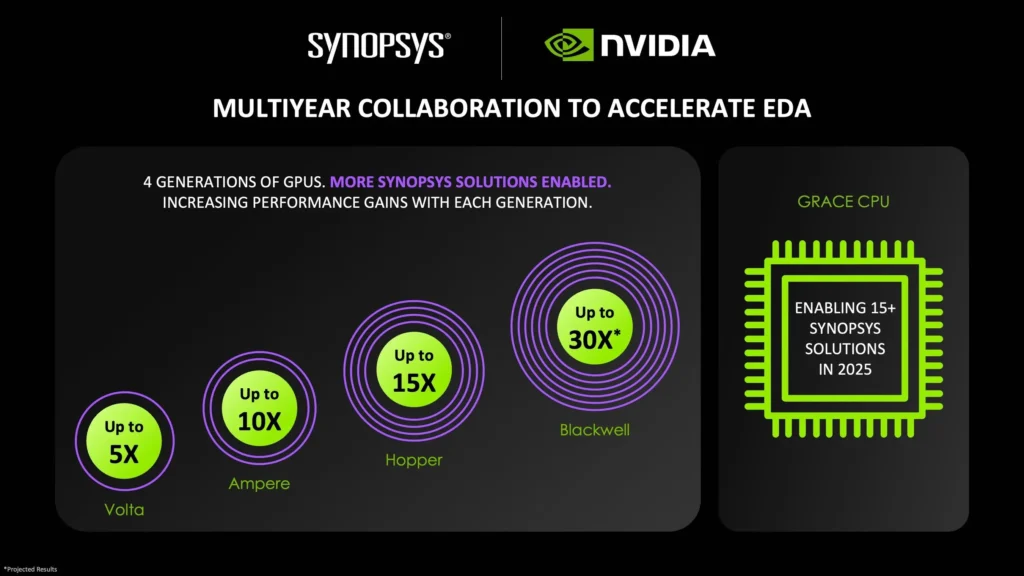
Building on these breakthroughs, Synopsys has further reinforced its commitment to AI-driven chip design and next-generation semiconductor innovation by optimizing more than 15 EDA solutions for the NVIDIA Grace CPU in 2025.
“At GTC, we’re unveiling the latest performance results observed across our leading portfolio when optimizing Synopsys solutions for the NVIDIA Blackwell platform to accelerate computationally-intensive chip design workflows,” said Sassine Ghazi, president and CEO of Synopsys. “Synopsys technology is mission-critical to the productivity and capabilities of engineering teams from silicon to systems. By harnessing the performance of NVIDIA accelerated computing, we can help customers unlock new breakthroughs and deliver innovation even faster.”
These optimizations enhance performance, scalability and power efficiency, enabling design teams to accelerate complex semiconductor development, optimize workflows, reduce design cycles and meet the demands of next-gen technologies.
Accelerating Chip Design with NVIDIA Grace Blackwell and CUDA-X
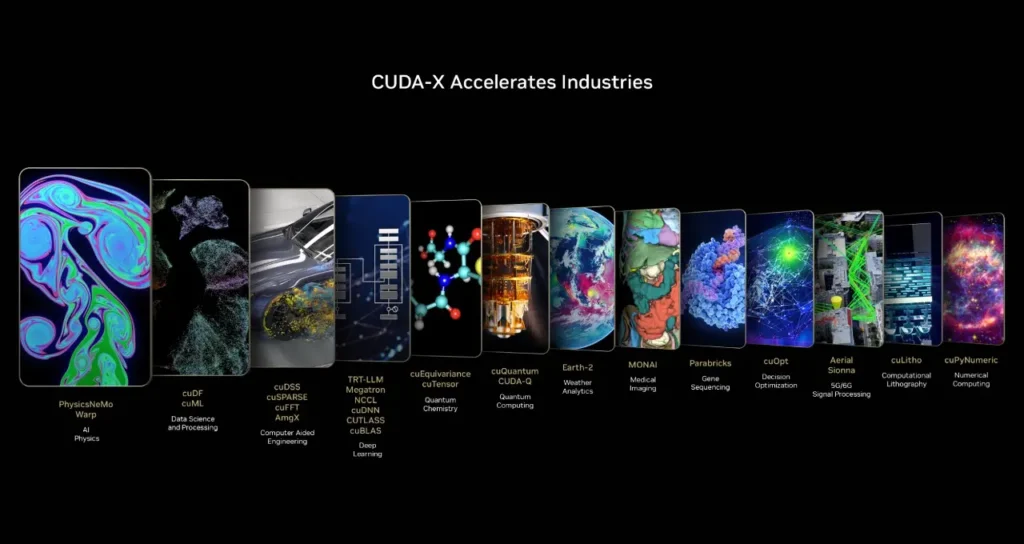
By using NVIDIA accelerated compute architectures, Synopsys is aiming for major runtime gains across critical design workflows, including:
- Circuit Simulation
- Computational Lithography
- Technology Computer-Aided Design (TCAD)
- Physical Verification
- Materials Engineering
The integration of NVIDIA Blackwell and CUDA-X technology within Synopsys’ EDA suite delivers groundbreaking speed enhancements. By cutting simulation times from days to hours, this leads to faster iterations, enhanced productivity and shorter development cycles. Companies across the industry will be able to reduce time-to-market, a crucial factor in advanced semiconductor design.
The Future of Chip Design
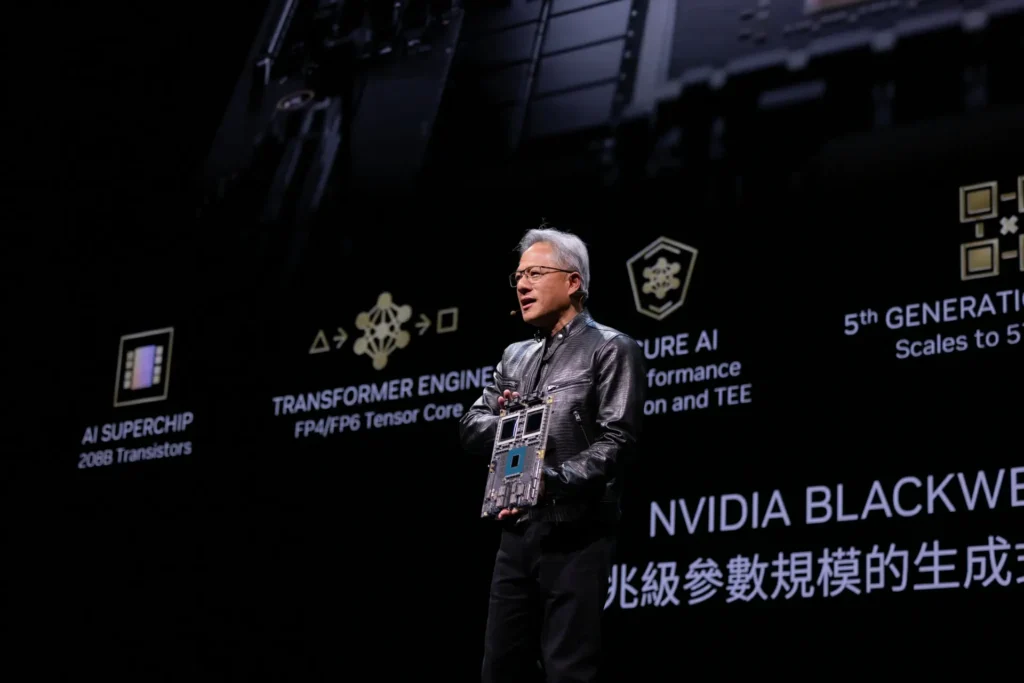
NVIDIA’s founder and CEO, Jensen Huang, highlights the importance of these advancements:
“Chip design is one of the most complex engineering challenges in human history. With NVIDIA Blackwell and CUDA-X, Synopsys is cutting simulation times from days to hours—advancing chip design to power the AI revolution.”
With these optimizations, Synopsys and NVIDIA are establishing new industry benchmarks. The advanced solutions benefit design teams focused on accelerating chip development, improving performance and pushing the boundaries of innovation. By reducing simulation times, enhancing scalability and enabling AI-powered insights, they’re paving the way for faster, more efficient semiconductor designs.
Visit the official Synopsys website to find out more about how this partnership sets the stage for next generation design, helping engineers deliver high-performance solutions faster and with greater precision than ever before.

